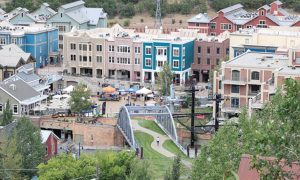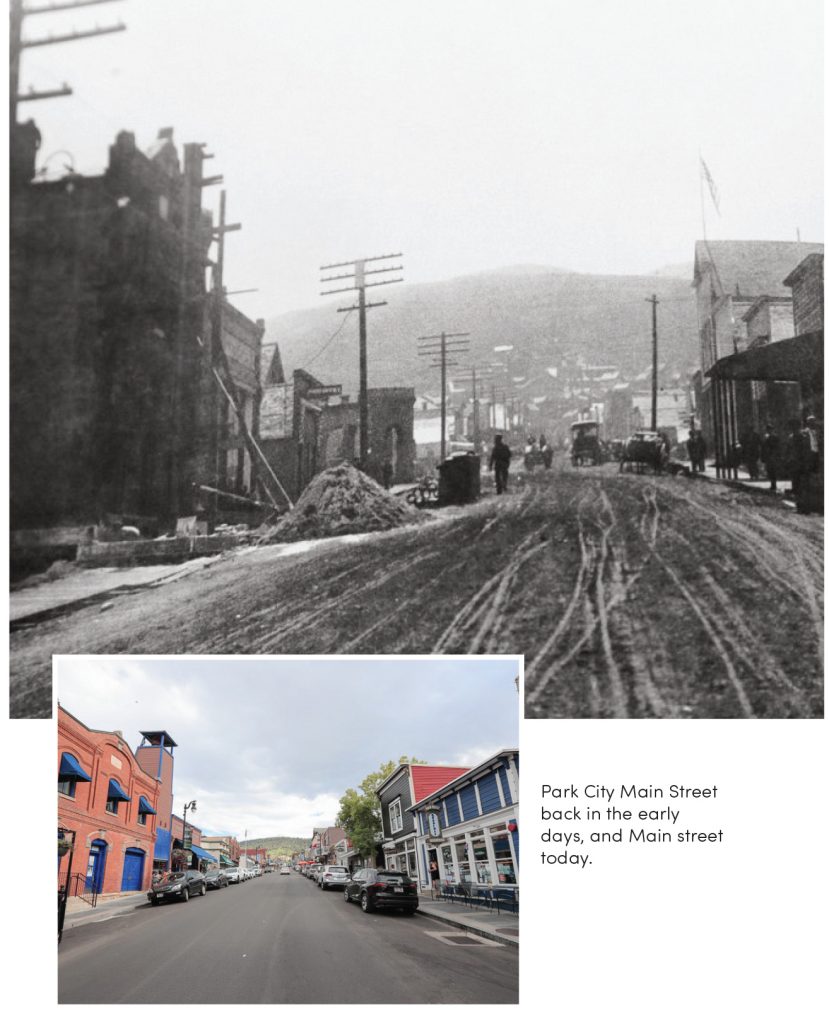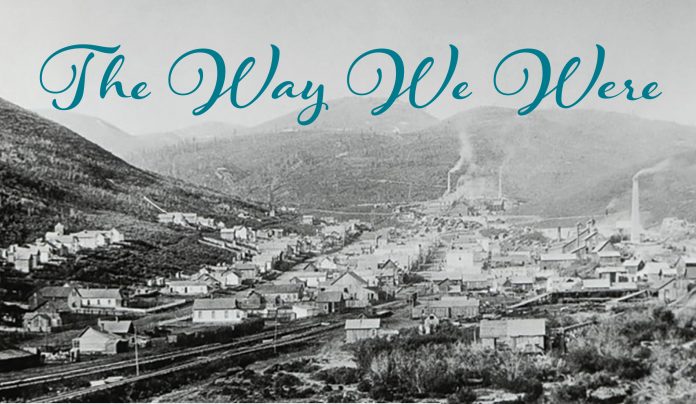In a town settled by miners in the 19th century, one can see remnants of Park City’s past with little effort. Whether taking a stroll on Main Street or one of the numerous hiking and biking trails, the heritage making up Park City is never far from view.
What was once a quaint mountain town, with miles of open space, is now a city in the midst of a full-fledged building and economic boom. No longer a sleepy hollow, Park City’s development has overshadowed it’s once heralded vast openness.
 What will become of our beloved town?
What will become of our beloved town?
What steps are being taken to preserve our city’s rich history?
Will the boom of modern development overrun historical preservation?
Anya Grahn, a historic preservation planner for the city explains, “The city planners have put in place rules and regulations to preserve existing historical buildings as well as residential homes.” As Grahn points out, “Many of the buildings weren’t made to last beyond the mining boom.” Because of this, the city provides a roadmap of sorts to help owners, architects, and contractors preserve a structure’s historical identity and architectural integrity. The guidelines ensure personal taste and arbitrary wants are kept out of the equation, as these types of random wish lists could detract from the conservation.
 “In 2009, the city took it a step further by contracting Preservation Solutions and did a windshield survey to figure out which buildings were historic, which led to how we got our local historic site inventory,” says Grahn. Currently, Park City has 435 buildings deemed historic. Approximately 52 are located in what’s referred to as the Main Street district, which comprises Main Street and Heber Avenue. There are 12 historic mining sites that house 31 buildings, and the rest are residential areas.
“In 2009, the city took it a step further by contracting Preservation Solutions and did a windshield survey to figure out which buildings were historic, which led to how we got our local historic site inventory,” says Grahn. Currently, Park City has 435 buildings deemed historic. Approximately 52 are located in what’s referred to as the Main Street district, which comprises Main Street and Heber Avenue. There are 12 historic mining sites that house 31 buildings, and the rest are residential areas.
Th e Historic Preservation Board is made up of seven people appointed by the mayor. Th e board is in regular review of design rules, working with the city council and staff to ensure preservation policies are met. The board also reviews each submitted application to ensure it conforms with specific design outlines. Once a property owner’s application is vetted, “The city requires a financial guarantee which can be in the form of liening a property, providing a cash deposit or a letter of credit authorizing the city to hold onto those funds until the work is completed,” says Grahn. “It’s basically a safeguard to ensure the property owner follows the guidelines.”
So it’s safe to say, with the Historical Society protecting our city’s past and future, we are secure from sky scrapers and towers looming over “Old Town” Park City.
By Andre Palai














